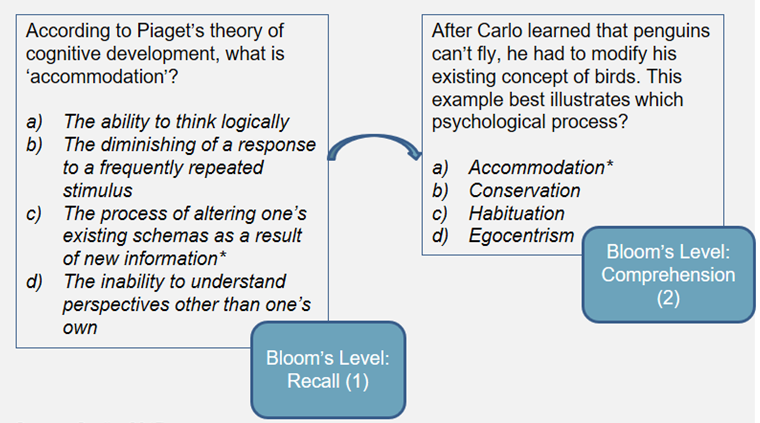Preparing content progressions for units, writing lesson plans, making them engaging and varied...
AI: Part of a Well-Balanced Lesson Planning Workflow

I recently saw some pushback about teachers using AI that boiled down to the concern, “what if teachers stopped planning good lessons and just used AI to create low-effort lessons devoid of good pedagogical practices?”
When we frame it like this, we can see the answer: AI tools should help teacher create good tasks and teachers should approach AI like any other tool, using it when it applies and not using it when it doesn’t apply. If the AI tool they are considering can only help them create review worksheets, that’s great if they are creating a review worksheet. If they are teaching something new and choosing to do it through a review worksheet instead of through an authentic simulation learning experience that they would have done otherwise, that’s when AI is dragging down teaching quality.
The problem is, that’s not what the original post said. The original post was a much more sweeping generalization about AI having a potentially negative effect on teaching practice.
Sure, taken alone, and taken as a panacea with no teacher thinking required, AI would not be a good tool, just as cereal would eventually be deadly if that was all you ate.
Teachers will continue to do what they do best: listen to what their students need and creatively use all the tools available to them to design learning experiences that best suit their students’ needs. Adding AI as another tool, if it’s taken for what it is — another tool — can help teachers in this enormous task that they have to do every single day. If they spend a little less time preparing the review worksheet, they can spend a little more time preparing the awesome, authentic learning experience they’re going to be doing right after the review worksheet.
Black and white (or all or nothing) thinking leads us to paint ourselves into corners, where things are either great or evil, when in reality, almost everything can be either one, depending on the context.
Yes, it’s important to give teachers the opportunity to understand when and how to best use different tools. However, this is also their jobs. Assuming teachers will use AI to create the worst possible learning experiences is failing to give them the benefit of the doubt, and reveals a deeper distrust of teachers and their professionalism.
Creating AI Edtech tools that are based on solid research background and supporting teachers in using these tools as just an option among many of the tools in their toolbox is the way to be respectful and supportive of teachers.


